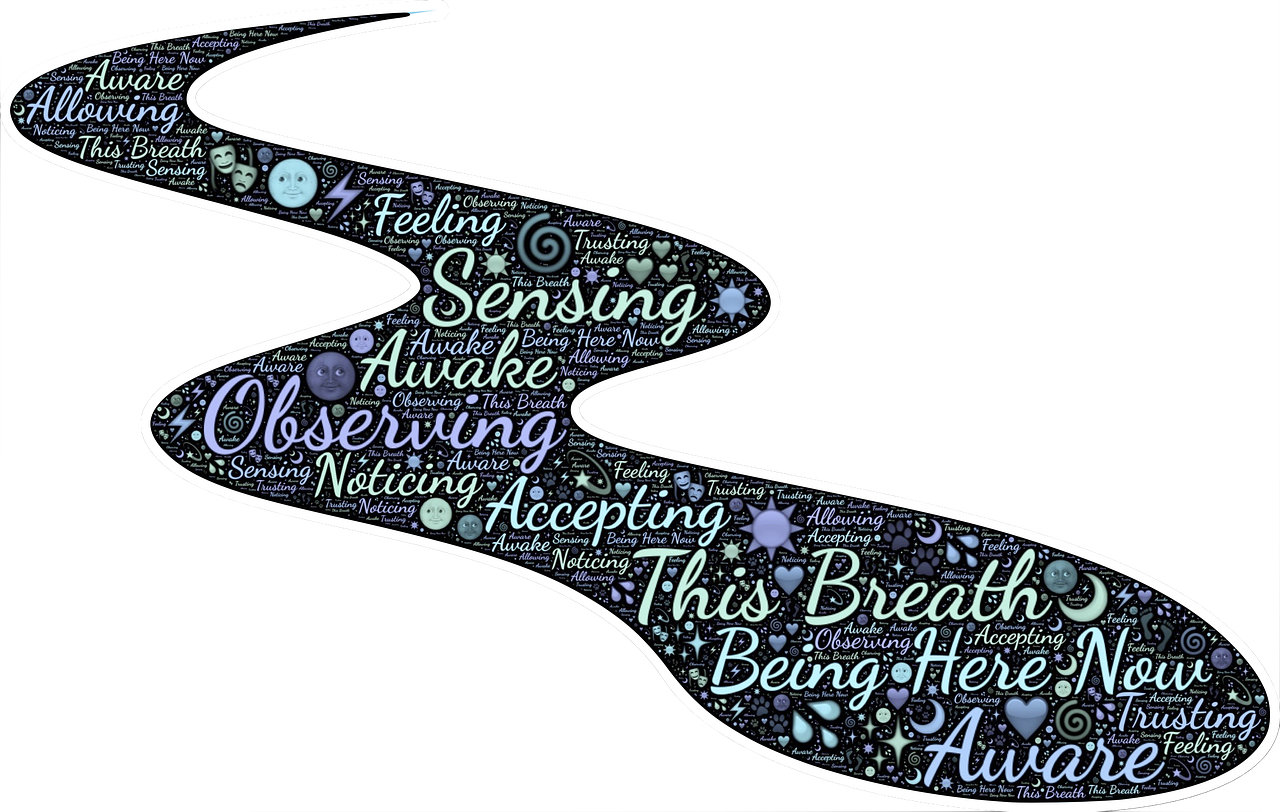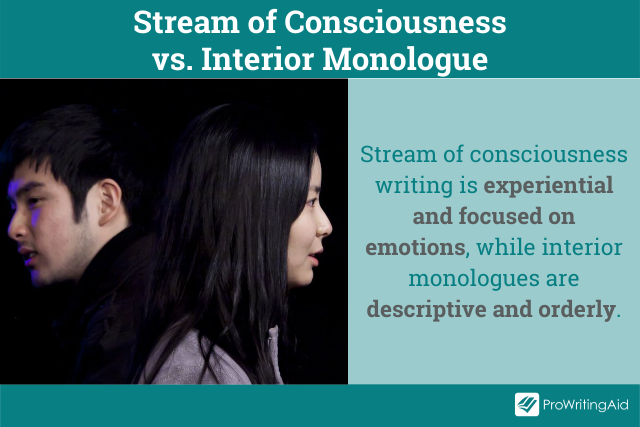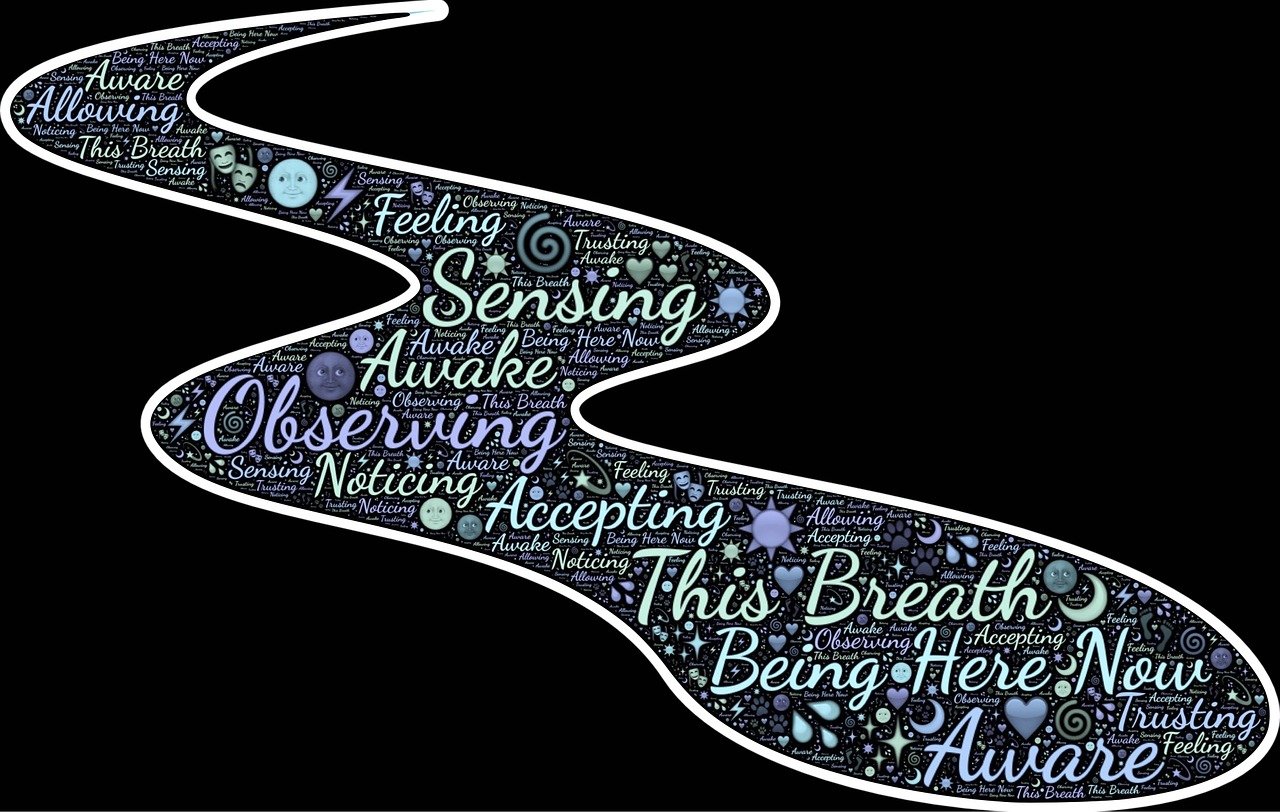Introduction
The stream of consciousness technique is a hallmark of modernist literature, known for its innovative approach to storytelling. Developed in the early 20th century, this narrative style offers readers a unique window into the inner workings of characters’ minds. In this article, we’ll explore the stream of consciousness technique, its origins, key characteristics, and its profound impact on the world of literature.
The stream of consciousness technique, a hallmark of modernist literature, stands as a testament to the avant-garde approach taken by writers in the early 20th century. Its innovative narrative style offers readers a mesmerizing and often challenging journey into the intricate labyrinth of characters’ thoughts and emotions. In this article, we embark on an exploration of the stream of consciousness technique, unearthing its origins, unveiling its key characteristics, and acknowledging its profound impact on the world of literature.
Born in the midst of literary experimentation and the quest for new forms of artistic expression, the stream of consciousness technique emerged as a response to the rigid conventions of traditional storytelling. It was an era marked by seismic shifts in society, technology, and psychology, and writers sought to capture the shifting sands of human consciousness in their works. Authors like James Joyce, Virginia Woolf, and William Faulkner were at the forefront of this literary revolution.
At its core, the stream of consciousness technique is an audacious attempt to lay bare the innermost thoughts, feelings, and perceptions of characters in real-time. It dispenses with conventional narrative structures and linear storytelling, instead inviting readers to become intimate observers of the chaotic and often fragmented mental landscapes of characters. This immersion into the minds of protagonists allows for a profound exploration of their psychology, fears, desires, and conflicts.
Key characteristics of this technique include the absence of traditional punctuation and the blurring of distinctions between past, present, and future. Sentences flow seamlessly, mirroring the ceaseless stream of thoughts within the human mind. Authors use free association, fragmented narratives, and interior monologues to create an impressionistic representation of consciousness itself.
The impact of the stream of consciousness technique on literature cannot be overstated. It ushered in a new era of storytelling, one that celebrated the complexity and subjectivity of human experience. This literary innovation paved the way for more experimental narrative forms and influenced subsequent generations of writers, extending its reach far beyond the confines of modernist literature.
In conclusion, the stream of consciousness technique remains a compelling and enduring facet of modernist literature. Its bold departure from convention continues to captivate readers and inspire authors to explore the depths of human consciousness in their own unique ways. As we delve further into the history and nuances of this narrative style, we uncover the rich tapestry of thoughts and emotions that define the human condition, reminding us that literature is a boundless realm where innovation knows no bounds.
To expand your knowledge on this subject, make sure to read on at this location: Mrs Dalloway: exploring consciousness and the modern world | The …
The stream of consciousness technique emerged as a defining feature of modernist literature. The early 20th century was a period of rapid change, marked by urbanization, technological advances, and the aftermath of World War I. These societal shifts gave rise to a new artistic sensibility that sought to capture the complexities of modern life. Modernist writers turned to innovative narrative techniques like stream of consciousness to represent the fractured and often perplexing nature of human thought.
The stream of consciousness technique, a hallmark of modernist literature, emerged as a literary revolution that mirrored the turbulent and transformative times of the early 20th century. This period was marked by a whirlwind of societal changes, each leaving an indelible mark on the collective human experience.
Urbanization, with its towering skyscrapers and bustling city streets, redefined the landscape of daily life. It brought about a sense of detachment and anonymity, as people found themselves lost in the urban maze. Technology, too, was undergoing a seismic shift, with innovations like the telephone and the automobile radically altering the pace and rhythm of existence.
The shadow of World War I loomed large, casting a pall of disillusionment and trauma over the world. The war shattered long-held beliefs in progress and human rationality, leaving a scar on the psyche of an entire generation. It was a time when the certainties of the past gave way to a profound sense of uncertainty about the future.
In the face of these seismic shifts, modernist literature emerged as a mirror that reflected the disorienting nature of the modern world. Writers of this era sought to capture the fractured and often perplexing nature of human thought, and in doing so, they turned to innovative narrative techniques like stream of consciousness.
Stream of consciousness, as a literary device, aimed to depict the unfiltered flow of a character’s inner thoughts and feelings. It invited readers into the labyrinthine corridors of the human mind, where linear thinking gave way to a mosaic of fragmented impressions, memories, and emotions. Authors like James Joyce, Virginia Woolf, and William Faulkner skillfully employed this technique to create narratives that mirrored the dissonance and complexity of their time.
Through the use of stream of consciousness, modernist writers invited readers to navigate the inner landscapes of their characters, unveiling the depth and intricacy of human subjectivity. It was an invitation to embrace the uncertainty and ambiguity of existence, to grapple with the profound changes reshaping the world, and to confront the contradictions and paradoxes that lay within each individual.
In essence, the stream of consciousness technique was not merely a literary innovation; it was a reflection of the profound cultural and existential shifts of the early 20th century. It provided a lens through which readers could engage with the tumultuous zeitgeist of the era, inviting them to explore the intricate tapestry of human consciousness in all its bewildering beauty.
For a comprehensive look at this subject, we invite you to read more on this dedicated page: Stream of Consciousness – Routledge Encyclopedia of Modernism

At its core, the stream of consciousness technique seeks to depict the continuous flow of thoughts, sensations, and associations that occur within an individual’s mind. Rather than presenting a linear and structured narrative, this technique mirrors the inner chaos and randomness of human cognition. It often lacks conventional punctuation and relies on free association, making it challenging to distinguish between conscious and subconscious elements of thought.
The stream of consciousness technique is a literary device that delves deep into the inner workings of the human mind. At its heart, it aspires to capture the unfiltered, ceaseless stream of thoughts, sensations, and associations that course through an individual’s consciousness. In doing so, it offers readers a unique perspective, one that departs from the orderly and structured narratives we typically encounter.
In the world of stream of consciousness, the narrative landscape mirrors the intricate chaos and randomness of human cognition. It’s as if the boundaries that separate conscious and subconscious thought have dissolved, allowing a free-flowing river of ideas to rush onto the page. This technique often dispenses with conventional punctuation, creating a narrative that appears as a continuous, unbroken flow of words and images.
For readers, engaging with a stream of consciousness narrative can be akin to diving into the depths of a character’s psyche. We are granted access to the raw, unedited thoughts that dance through their mind, revealing fears, desires, doubts, and fleeting associations. It’s an intimate and immersive experience, one that invites us to explore the innermost recesses of the human condition.
Navigating a stream of consciousness narrative can be challenging, as it lacks the familiar signposts of traditional storytelling. There are no neat paragraphs or clear transitions; instead, we encounter a web of thoughts that may seem disjointed and fragmented. Yet, within this seeming chaos, there is a rich tapestry of meaning waiting to be discovered.
Authors who employ the stream of consciousness technique often aim to illuminate the intricate connections between conscious and unconscious thought. They reveal how seemingly unrelated ideas and memories can intermingle and shape our perceptions and emotions. In essence, they offer a glimpse into the complex interplay of the mind’s inner workings.
As readers, we are asked to embrace the ambiguity and fluidity of thought. We must navigate the narrative without the comforting guideposts of traditional structure. In doing so, we are invited to become active participants, piecing together the puzzle of the character’s psyche, drawing our own conclusions, and uncovering the deeper layers of the narrative.
In the realm of literature, the stream of consciousness technique is a powerful tool for exploring the human experience in all its complexity. It challenges us to look beyond the surface of thought and to appreciate the intricate dance of ideas that shape our perception of the world. It reminds us that the human mind is a labyrinth of connections, and within its depths lie the stories and emotions that define us.
Don’t stop here; you can continue your exploration by following this link for more details: What is Stream of Consciousness? || Oregon State Guide to Literary …

Stream of consciousness often takes the form of an interior monologue, where the reader gains direct access to a character’s thoughts, fears, desires, and doubts. It allows readers to experience a character’s mental landscape firsthand.b. Temporal Fluidity: Time is fluid in stream of consciousness narratives. Past, present, and future intermingle as memories, sensations, and anticipations converge, mirroring the non-linear nature of human thought.c. Fragmentation: Stream of consciousness narratives are often fragmented and disjointed, reflecting the haphazard and unstructured manner in which thoughts occur. Sentences may be incomplete, and thoughts may jump from one topic to another without warning.d. Subjectivity: The technique emphasizes subjectivity, highlighting how individual perspectives shape one’s perception of reality. Each character’s stream of consciousness is a unique and personal experience.
For additional details, consider exploring the related content available here Modernist Literature Guide: Understanding Literary Modernism …

James Joyce’s “Ulysses” is a seminal work of modernist literature that employs the stream of consciousness technique to delve into the minds of its characters, particularly Leopold Bloom and Molly Bloom.b. Virginia Woolf: Virginia Woolf’s novels, such as “Mrs. Dalloway” and “To the Lighthouse,” are celebrated for their intricate stream of consciousness narratives, offering profound insights into the inner lives of her characters.c. William Faulkner: Faulkner’s “The Sound and the Fury” utilizes stream of consciousness to depict the experiences of the Compson family, showcasing the technique’s ability to convey complex familial dynamics.
The stream of consciousness technique, a hallmark of modernist literature, serves as a powerful literary device that peers into the intricacies of the human mind. James Joyce’s magnum opus, “Ulysses,” stands as a towering exemplar of this technique. Through its labyrinthine narrative, we navigate the inner thoughts and emotions of characters like Leopold Bloom and Molly Bloom. This deep dive into their consciousness unveils the rich tapestry of their desires, fears, and aspirations, inviting readers into the very essence of their being.
Virginia Woolf, another luminary of the modernist movement, wields the stream of consciousness technique with finesse in novels like “Mrs. Dalloway” and “To the Lighthouse.” Her narratives are a symphony of thought and reflection, offering profound insights into the inner lives of her characters. Through Woolf’s prose, we traverse the recesses of their minds, witnessing the ebbs and flows of their consciousness as they grapple with the complexities of life, time, and memory.
In the American literary landscape, William Faulkner stands tall as a pioneer of stream of consciousness storytelling. In “The Sound and the Fury,” he deftly employs this technique to depict the turbulent experiences of the Compson family. The narrative shifts between various family members, revealing the fractured nature of their perceptions and the intricate web of familial dynamics. Faulkner’s use of stream of consciousness underscores its capacity to convey not only individual perspectives but also the multifaceted dimensions of relationships and history.
These literary giants, through their masterful use of the stream of consciousness technique, invite us to journey through the intricate labyrinths of human thought and emotion. They remind us that literature is not just a reflection of external events but a profound exploration of the inner landscapes of the human psyche. Their works continue to resonate, challenging us to contemplate the complexities of existence and the power of narrative to illuminate the depths of our shared humanity.
If you’d like to dive deeper into this subject, there’s more to discover on this page: Modernism in Literature

Conclusion
The stream of consciousness technique, a hallmark of modernist literature, has revolutionized the way authors explore the intricacies of human thought and perception. By offering readers direct access to the innermost workings of characters’ minds, this narrative style challenges traditional storytelling conventions and provides a richer understanding of the human experience. Through the works of pioneering authors like James Joyce, Virginia Woolf, and William Faulkner, the stream of consciousness technique continues to captivate readers and shape the evolution of literature, reminding us of the boundless possibilities of narrative innovation in the world of storytelling.
Don’t stop here; you can continue your exploration by following this link for more details: The Sound and the Fury | Summary, Characters, & Facts | Britannica
More links
Don’t stop here; you can continue your exploration by following this link for more details: Stream of Consciousness – Definition and Examples | LitCharts
